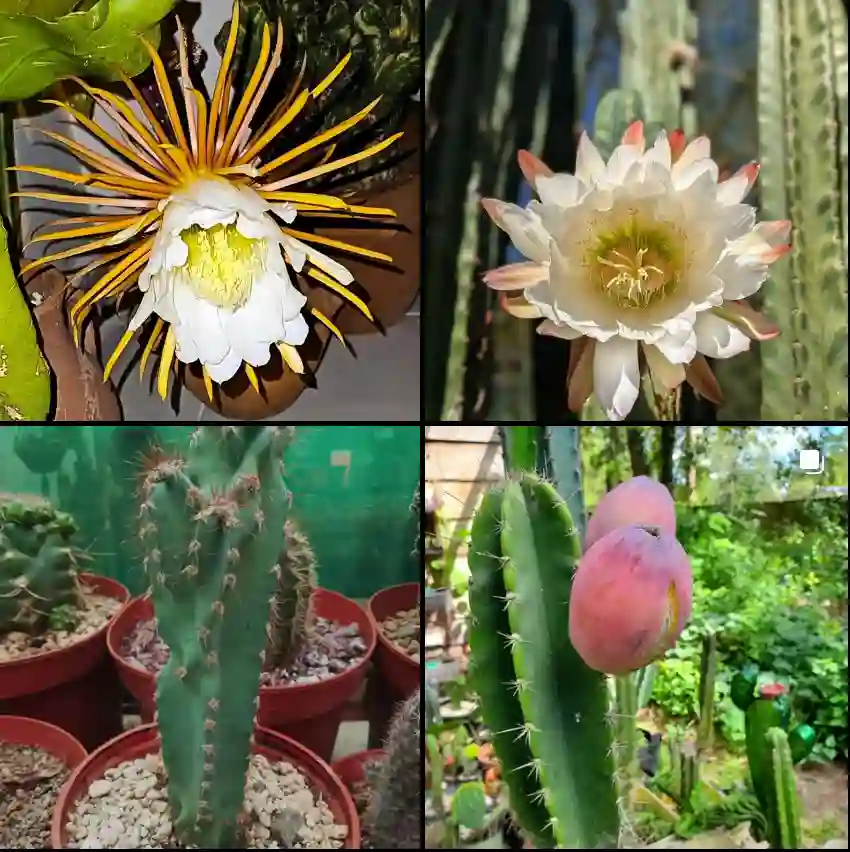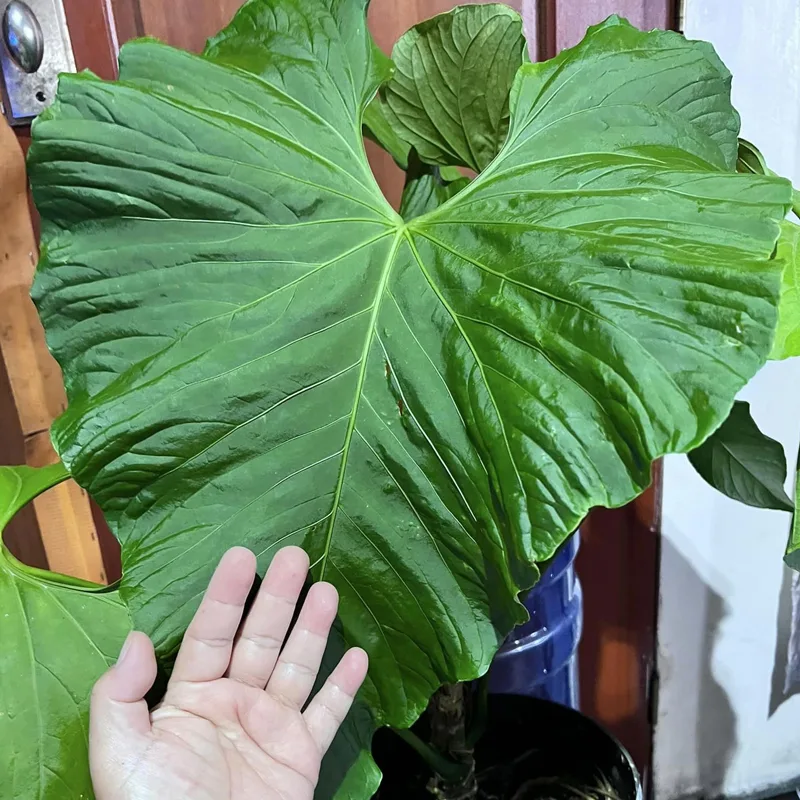My Journey into the World of Plumbaginaceae
As a plant enthusiast, I’m always on the lookout for unique and captivating plant families to explore. Recently, I stumbled upon the Plumbaginaceae family, and let me tell you, it’s a real gem.
Plumbaginaceae: A Family Overview
The Plumbaginaceae family, also known as the leadwort family, comprises a diverse group of flowering plants. These plants are typically found in arid or saline environments, making them incredibly resilient and adaptable. The family is characterized by its simple, often fleshy leaves and its striking inflorescences, which come in a variety of colors and shapes.
Genera of Plumbaginaceae: A Rich Tapestry
The Plumbaginaceae family boasts a wide array of genera, each with its unique characteristics and charm. Some of the most notable genera include:
- Plumbago: This genus is perhaps the most well-known in the family, and it’s easy to see why. Plumbago species are prized for their delicate, blue or white flowers, which bloom profusely throughout the growing season. – 23 Species in Genus Plumbago
- Limonium: Also known as sea lavender, Limonium species are a favorite among florists and gardeners alike. Their papery, winged flowers come in a range of colors, from soft pastels to vibrant hues, and they’re perfect for dried arrangements. – 618 Species in Genus Limonium
- Ceratostigma: This genus is known for its stunning fall foliage, which ranges from fiery red to deep purple. Ceratostigma species also produce attractive blue flowers in the summer, making them a multi-season delight.
- Acantholimon: This genus comprises a group of cushion-forming plants that are perfectly adapted to harsh, rocky environments. Acantholimon species are covered in sharp spines, which deter grazing animals, and they produce small, pink or purple flowers in the summer.
- Armeria: Also known as thrift or sea pink, Armeria species are low-growing, evergreen plants that form dense mats of grassy foliage. They produce spherical clusters of pink, red, or white flowers in the spring and summer, adding a touch of cheer to coastal gardens. – 104 Species in Genus Armeria
- Aegialitis: A genus of mangrove plants found in coastal areas of tropical Asia and Australia, adapted to saline environments and possessing thick, leathery leaves.
- Bakerolimon: A small genus of perennial herbs or subshrubs native to Central Asia, with fleshy leaves and small, white or pink flowers.
- Bamiania: A monotypic genus represented by Bamiania pskemensis, a rare perennial herb endemic to Central Asia, with linear leaves and small, pink flowers.
- Bukiniczia: A monotypic genus containing Bukiniczia cabulica, a perennial herb native to Afghanistan and Central Asia, with basal leaves and small, pink flowers in dense spikes.
- Cephalorhizum: A small genus of perennial herbs native to Central Asia, with thick, fleshy roots and small, white or pink flowers.
- Ceratolimon: A genus of perennial herbs or subshrubs native to the Mediterranean region and Central Asia, with spiny bracts and small, white or pink flowers.
- Dictyolimon: A large genus of cushion-forming plants native to the mountains of western and central Asia, known for their dense growth habit and small, pink or purple flowers.
- Goniolimon: A genus of annual or perennial herbs native to Eurasia, with often fleshy leaves and small, white or pink flowers in panicles.
- Ikonnikovia: A monotypic genus represented by Ikonnikovia kaufmanniana, a perennial herb endemic to Central Asia, with linear leaves and small, pink flowers.
- Limoniastrum: A small genus of shrubs or subshrubs native to the Mediterranean region, with fleshy leaves and showy, pink or purple flowers.
- Limoniopsis: A small genus of perennial herbs native to Central Asia, with narrow leaves and small, white or pink flowers.
- Myriolimon: A genus of perennial herbs or subshrubs native to Central Asia, with numerous, small, white or pink flowers in dense panicles.
- Neogontscharovia: A monotypic genus represented by Neogontscharovia mirabilis, a perennial herb endemic to Central Asia, with fleshy leaves and small, pink flowers.
- Plumbagella: A small genus of annual or perennial herbs native to the Mediterranean region and Central Asia, with blue or pink flowers and often sticky stems.
- Psylliostachys: A genus of perennial herbs or subshrubs native to Central Asia, with fleshy leaves and small, white or pink flowers in dense spikes.
- Saharanthus: A small genus of annual herbs native to North Africa and the Middle East, with small, white or pink flowers.
My Personal Connection to Plumbaginaceae
As I delved deeper into the Plumbaginaceae family, I couldn’t help but be drawn to its resilience and adaptability. These plants thrive in environments that would challenge most other species, and they do so with grace and beauty. I find their ability to flourish in adversity truly inspiring.
Conclusion
The Plumbaginaceae family is a treasure trove of unique and captivating plants. From the delicate blooms of Plumbago to the vibrant foliage of Ceratostigma, there’s something for everyone in this diverse family. Whether you’re a seasoned gardener or a budding plant enthusiast, I encourage you to explore the world of Plumbaginaceae and discover its many wonders.
Remember, the Plumbaginaceae family is not only a source of beauty but also a testament to the resilience and adaptability of nature. So, let’s celebrate these remarkable plants and the lessons they teach us about thriving in the face of challenges.
If i die, water my plants!



